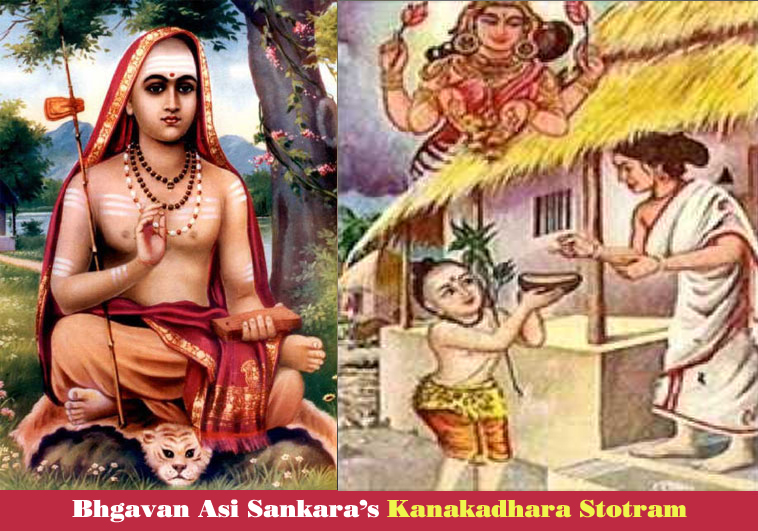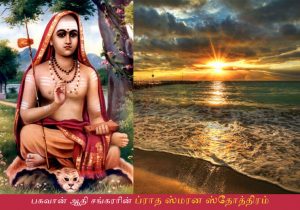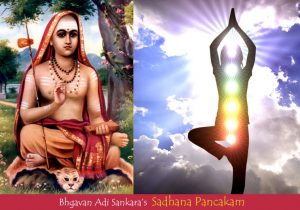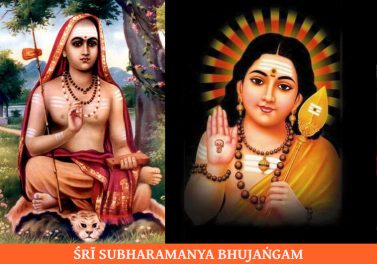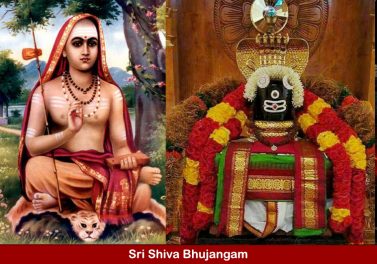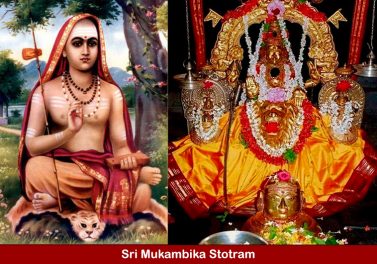Prasnottararatnamalika
Obeisance to great Seers and the Learned!
In Sanskrit, the term ‘praśnottararatnamālika’ means ‘the garland of gems made-up of questions and answers’. This short work by Bhagavan Sri Adi Sankara consists of 181 questions and answers that are arranged as if these are meant as ready-reckoner for anyone who seeks the righteous path for spiritual progress. The beauty of these verses is in their simplicity as seen in the lucid use of the language, directness of the questions and the answers to the point. The text is elegant and can easily be a teaching-aid for Sanskrit language and its sentence structures.
The flow of text appears as if it is the teaching by the father to his child or by the Guru to his faithful disciple. The questions are direct; the answers are simple assertions or instructions. There are no complicated thoughts. There is no elaborate analysis but only the synthesis. A faithful student, who imbibes these instructions and follows the righteous path, will surely seek further learning and deeper contemplation to achieve better understanding. For casual readers, these questions may also appear to be set in random order, only until an able teacher shows the intricate logic therein. Sometimes the questions seem to be repeated but this is only to reinforce the point or to bring a different context.
These verses also reveal interesting and thoughtful interpretation even for the normal goals of life. For example, the question “who in the world is happy (loke sukhī bhavet ko?)” in the verse 44, has a simple answer – “the rich (dhanavān)”. This seems obvious to us as we all believe only the rich endowed with money are happy in this world. But richness defined in the following question “what is richness (dhanamapi ca kiṃ?)” changes our understanding. To be rich is to have the ability to fulfil one’s desires (yataśceṣṭaṃ). Richness is not the material worth but the true enabler of fulfilment. Conversely one who is fulfilled is the richest; so our goal should be for the fulfilment and not in seeking material wealth in the vain hope of finding happiness through them.
These verses show the path to the supreme knowledge that give lasting happiness; such supreme knowledge is realizable only through bhakti or true devotion. The symbol OM, which is considered to be the root as well as the expanse of all Vedas, must be meditated upon. The essentiality of bhakti and the contemplation on OM are therefore the key to the supreme knowledge; this assertion concludes the verses, presented as the beautiful ornament, adoring the neck of the faithful, the source of true speech and thought.
This inspired interpretation (in English and Tamil) is an attempt to aid our learning.
Mee. Rajagopalan

